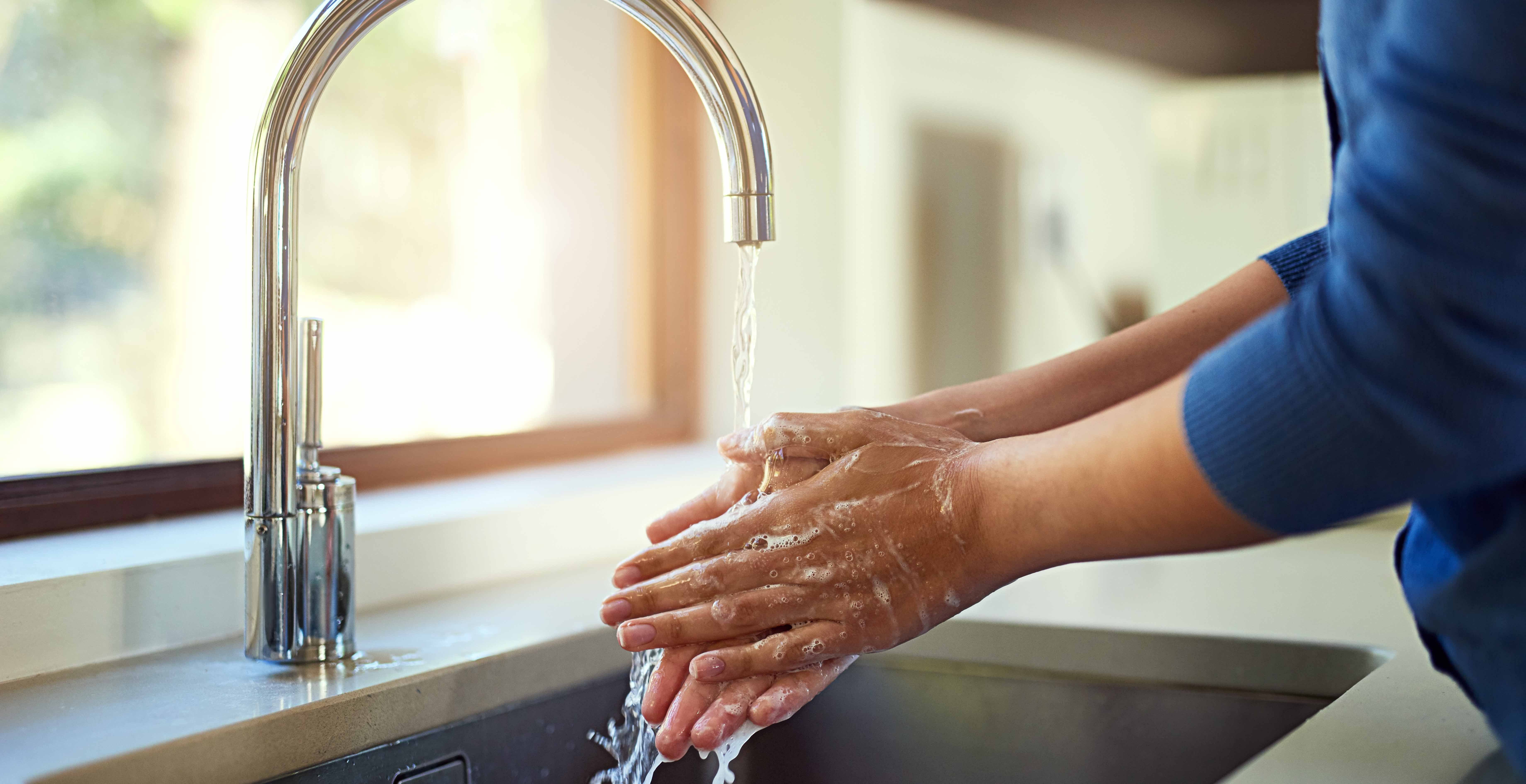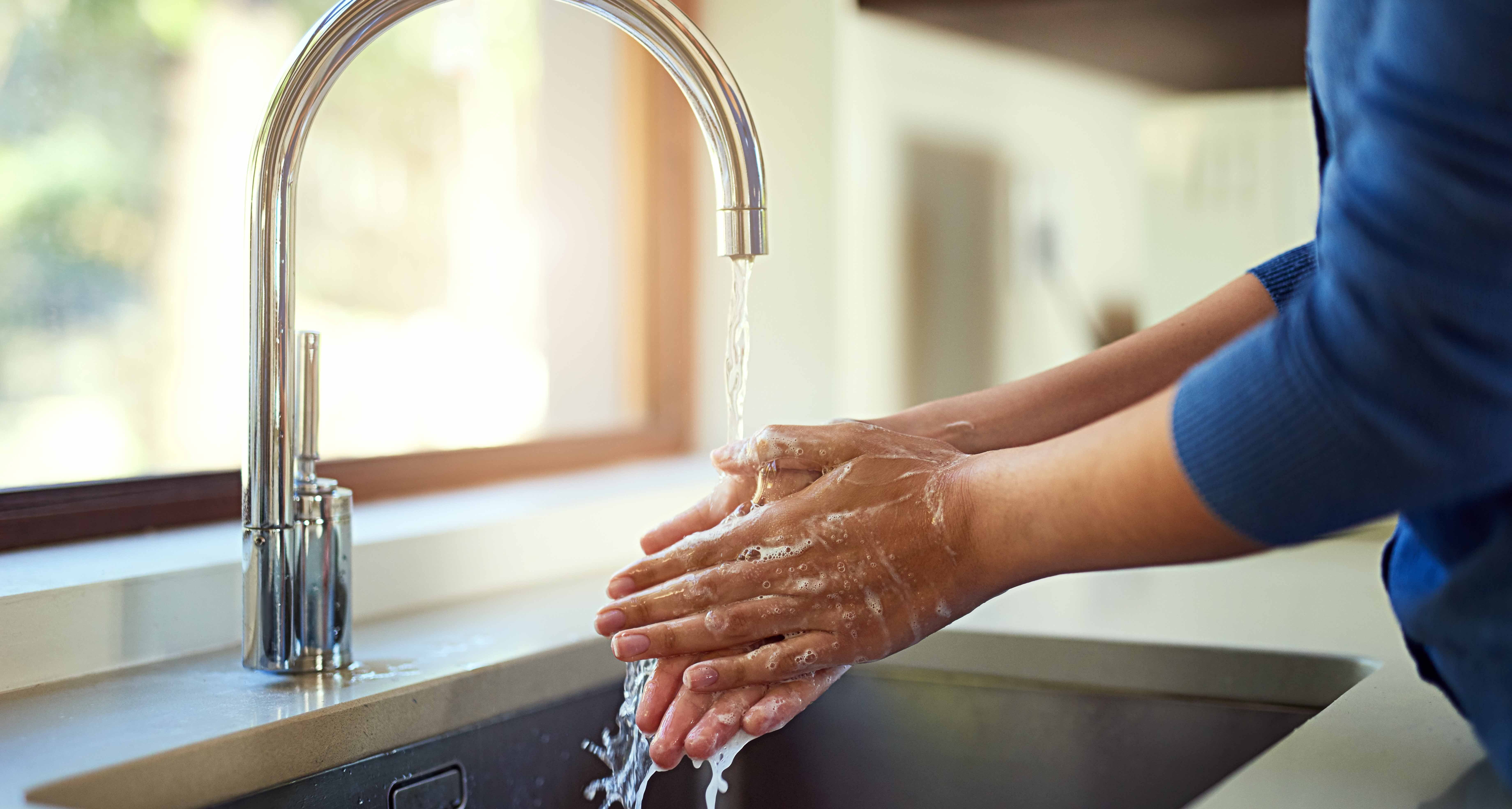

We may have moved past flu season now, but that doesn’t mean much to germs. Hygiene is still crucial and handwashing is the mainstay of good hygiene. According to Infection Prevention and Control Canada, 8,000 to 12,000 patients die every year in the country from complications of health-care related infections. Optimal hand hygiene can help reduce that number, IPAC says.
Handwashing is so important that IPAC, along with Patients for Patient Safety Canada, the Public Health Agency of Canada, and Public Health Ontario, developed STOP! Clean Your Hands Day, recognized on May 4. And the World Health Organization runs an annual campaign on May 5 called SAVE LIVES: Clean Your Hands to promote the improvement of hand hygiene around the world.
So what do we need to know about handwashing?
“You should wash hands when they are visibly [soiled], after using [the] bathroom, prior to eating, and prior to preparing food,” says Dr. Amesh Adalja, senior scholar, Johns Hopkins University Center for Health Security.
A lot of these are common sense, but it’s good to have a reminder. According to Health Canada, we should also wash our hands after coughing, sneezing or using tissues, after eating, after handling raw meat, and after petting an animal.
Health Canada offers these guidelines for proper handwashing:
- Wash your hands frequently with soap and water for at least 20 seconds – or about as long as it takes to sing the “Happy birthday” song, Adalja says.
- Remove any hand or arm jewellery you may be wearing and wet your hands with warm water. Add regular soap and rub your hands together, ensuring you have lathered all surfaces for at least 15 seconds.
- Wash the front and back of your hands, as well as between your fingers and under your nails.
- Rinse your hands well under warm running water, using a rubbing motion.
- Wipe and dry your hands gently with a paper towel or a clean towel. Drying them vigorously can damage the skin.
- Turn off the tap using the paper towel so that you do not re-contaminate your hands. When using a public bathroom, use the same paper towel to open the door when you leave.
Now, what about the hand sanitizer we have all over the place? Is it actually useful?
Health Canada basically recommends sanitizers as a backup – when soap and water aren’t available.
Adalja concurs, saying alcohol-based hand sanitizers substantially reduce bacterial counts on the hands, but if your hands are visibly soiled, you should give them a proper wash with soap and water. “For most other purposes, alcohol-based hand sanitizers are sufficient,” he says.
If you do need to use a hand sanitizer, Health Canada offers these tips:
- Use hand rubs according to the manufacturer's instructions. Make sure your hands are dry, as wet hands will dilute the product.
- Use enough product to cover all the surfaces of your hands and fingers.
- Rub your hands together until the product has evaporated.
And remember, all that handwashing can make your skin dry, so be sure to moisturize after cleansing!
